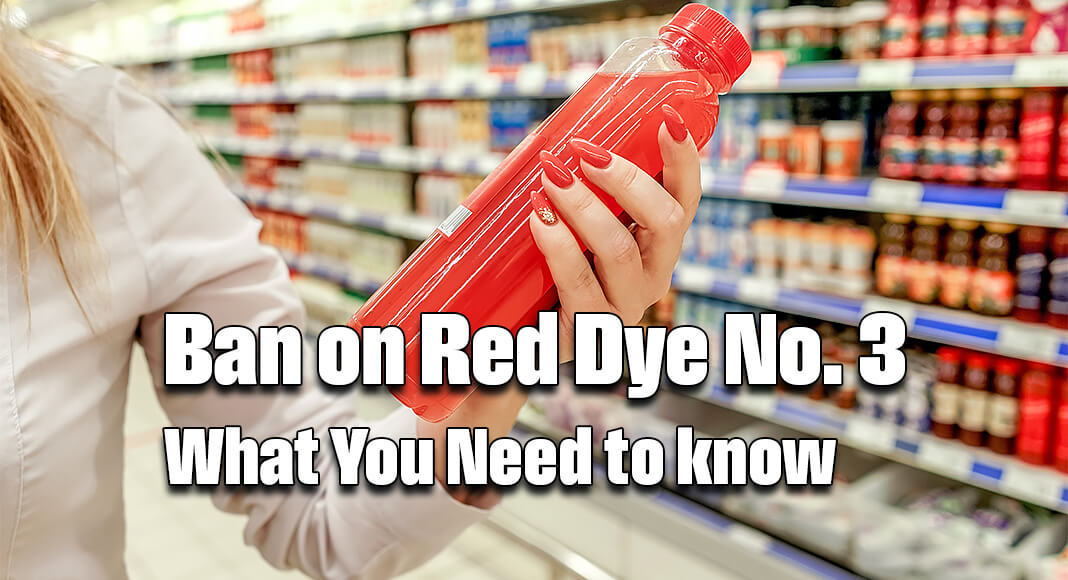
Mega Doctor News
CLEVELAND CLINIC – The FDA recently announced a ban on red dye no. 3, which has been used for years in all kinds of food, like candy, cookies, and cereal.
It’s even added to some medications.
But, why did the agency decide now that it’s no longer safe?
“Red dye no. 3 is something that the food manufacturers have used. It’s a petroleum-based chemical, which now, because it’s being banned, has actually had a positive correlation to cause cancer in rats,” explained Beth Czerwony, RD, registered dietitian with Cleveland Clinic. “So, there are no human studies that have shown this, but there is strong evidence that it does have cancer causing properties based on the petroleum that it’s made out of.”
Czerwony said red dye no. 3 has no nutritional value.
It’s really just used to help make the color of a certain food look more vibrant and appetizing for the consumer.
It doesn’t affect the flavor or texture in any way.
She also notes that other countries have already banned red dye no 3. from being added to foods, so the FDA’s decision wasn’t surprising.
Here in the US, food manufacturers have until 2027 to reformulate their products, so shoppers need to be cautious in the meantime.
Czerwony suggests skipping any foods with the dye in it and opting for whole foods instead, which will be healthier anyway.
“A lot of foods that are going to have this red dye are already processed. They’re going to be in cereals, snacks and sugar-laden beverages and those types of things. So, ultimately, those are things that we would want you to avoid or limit in your diets anyway,” she said.
Czerwony said it’s hard to tell how this ruling will be enforced down the road or if manufacturers may try to find another dye to use instead.
That’s why consumers need to be mindful when they’re looking at ingredients.









